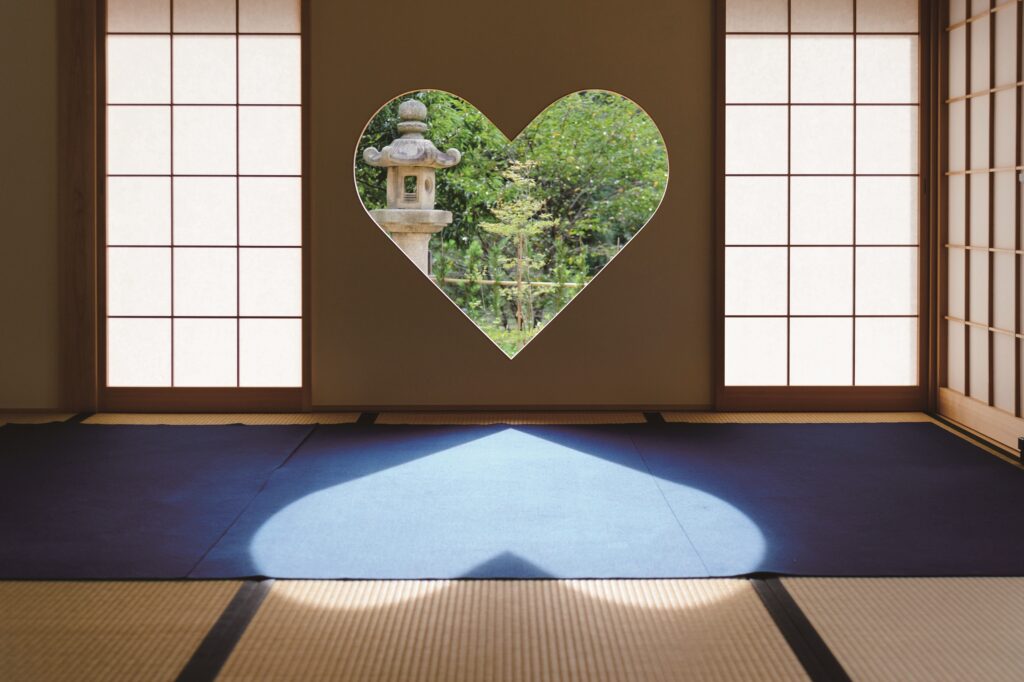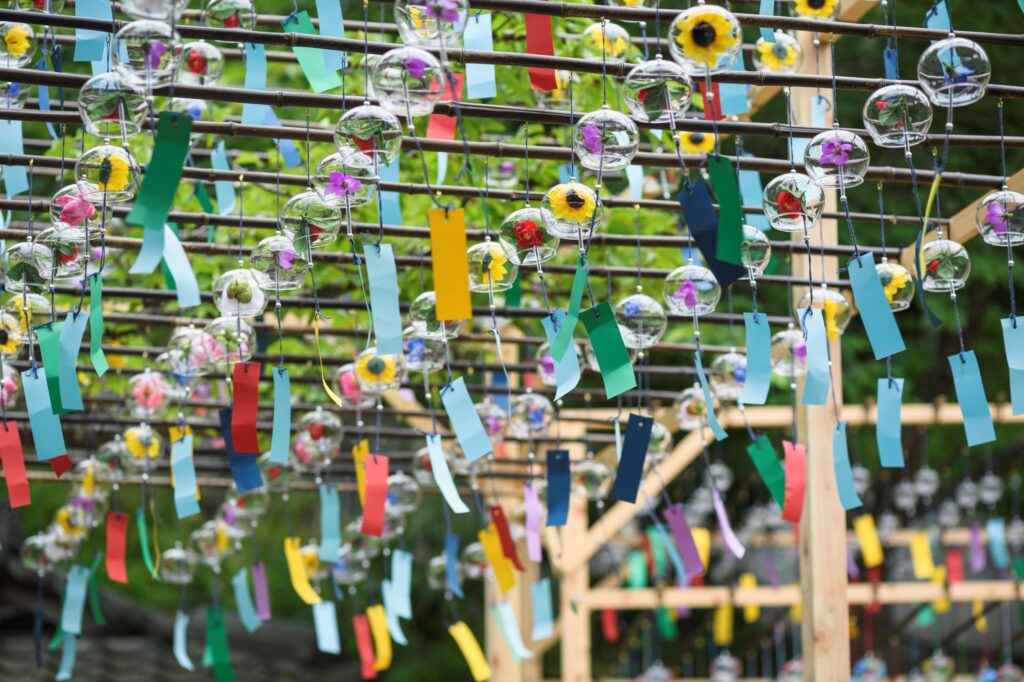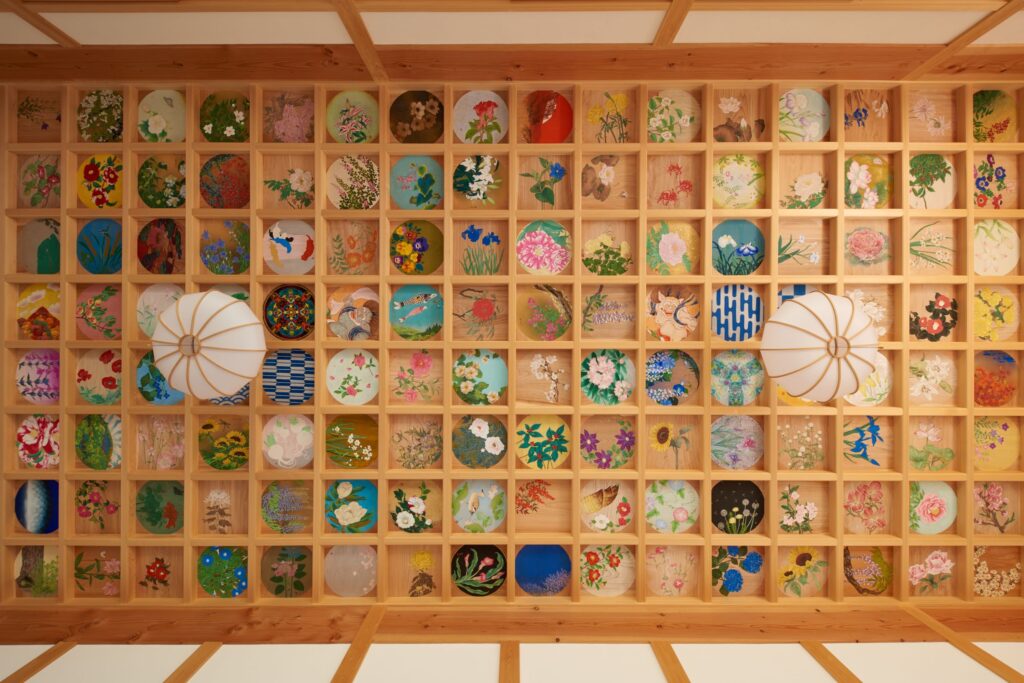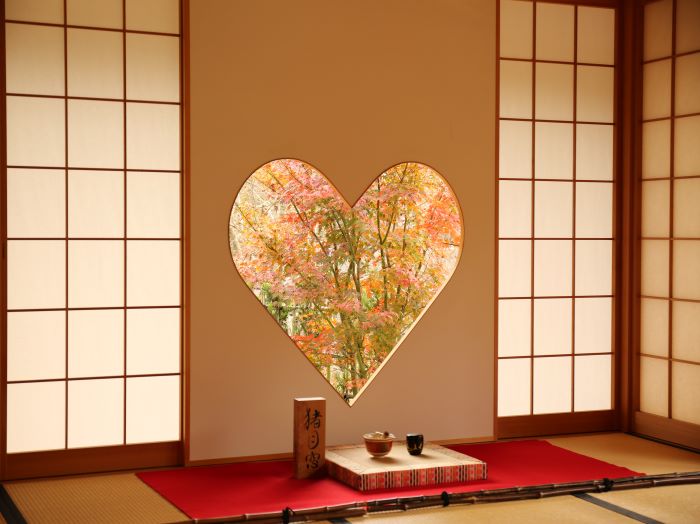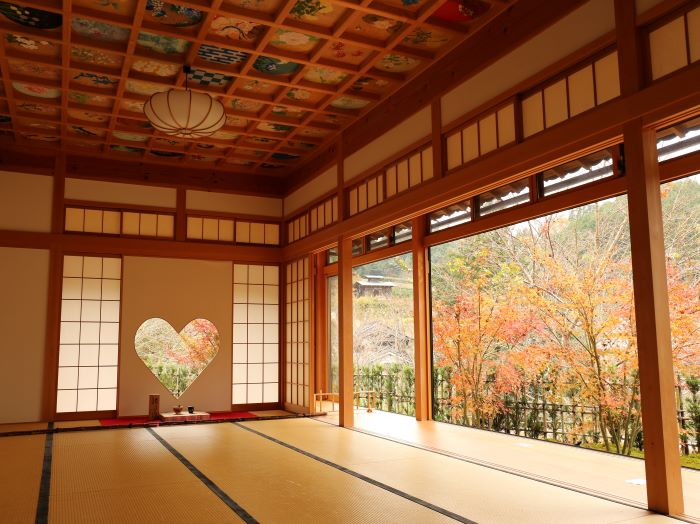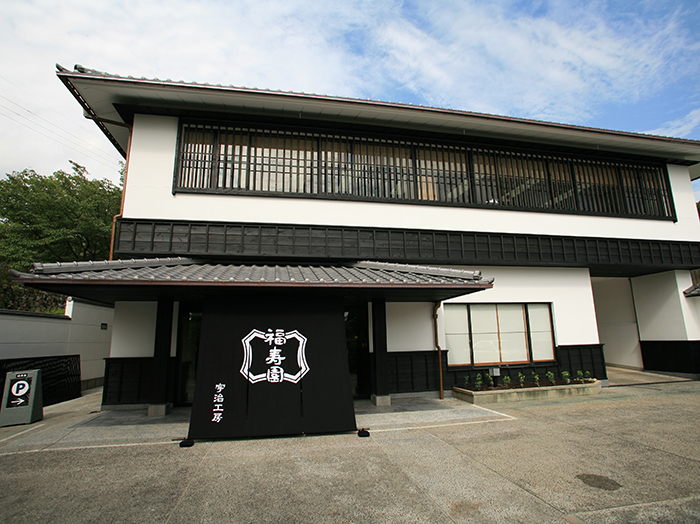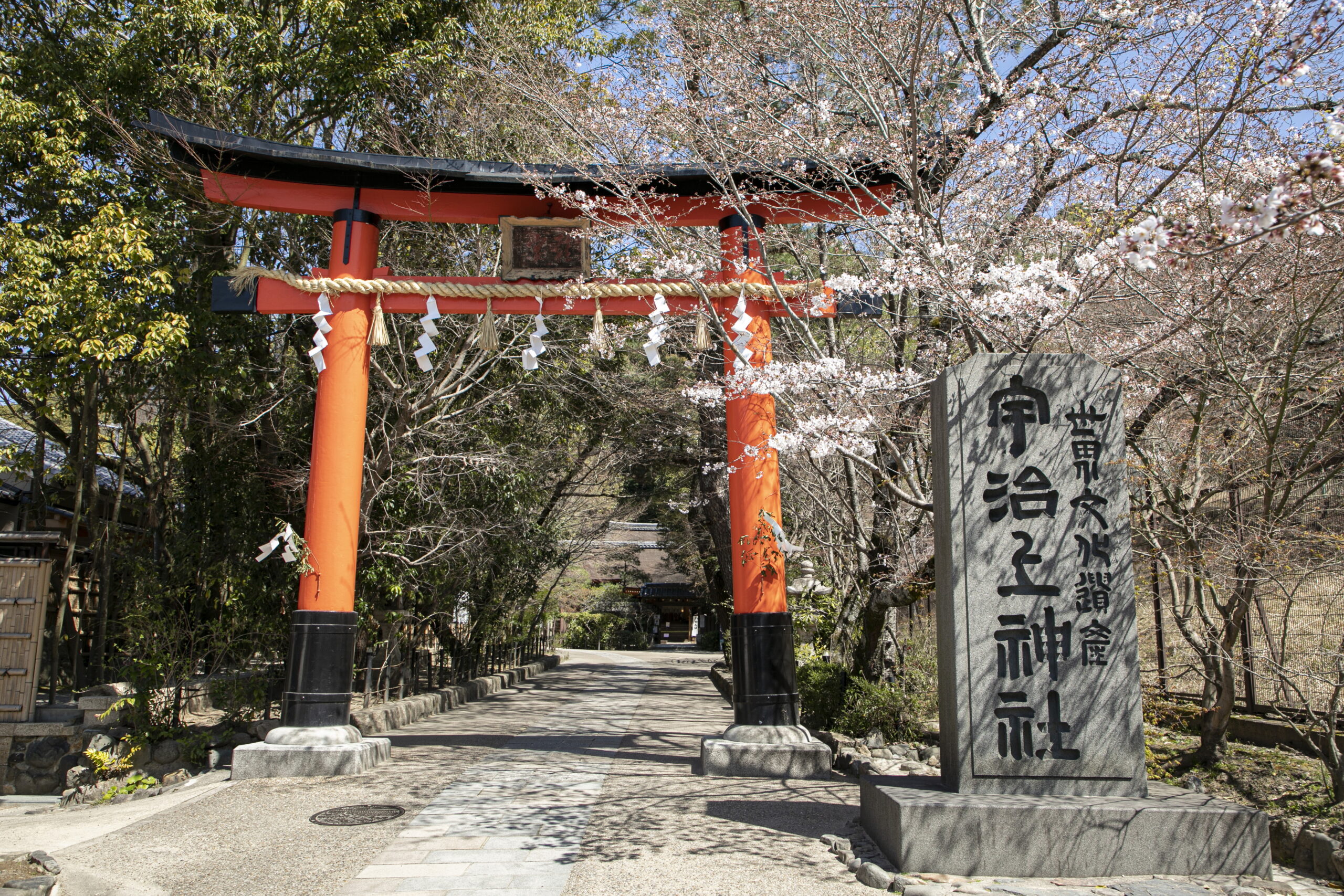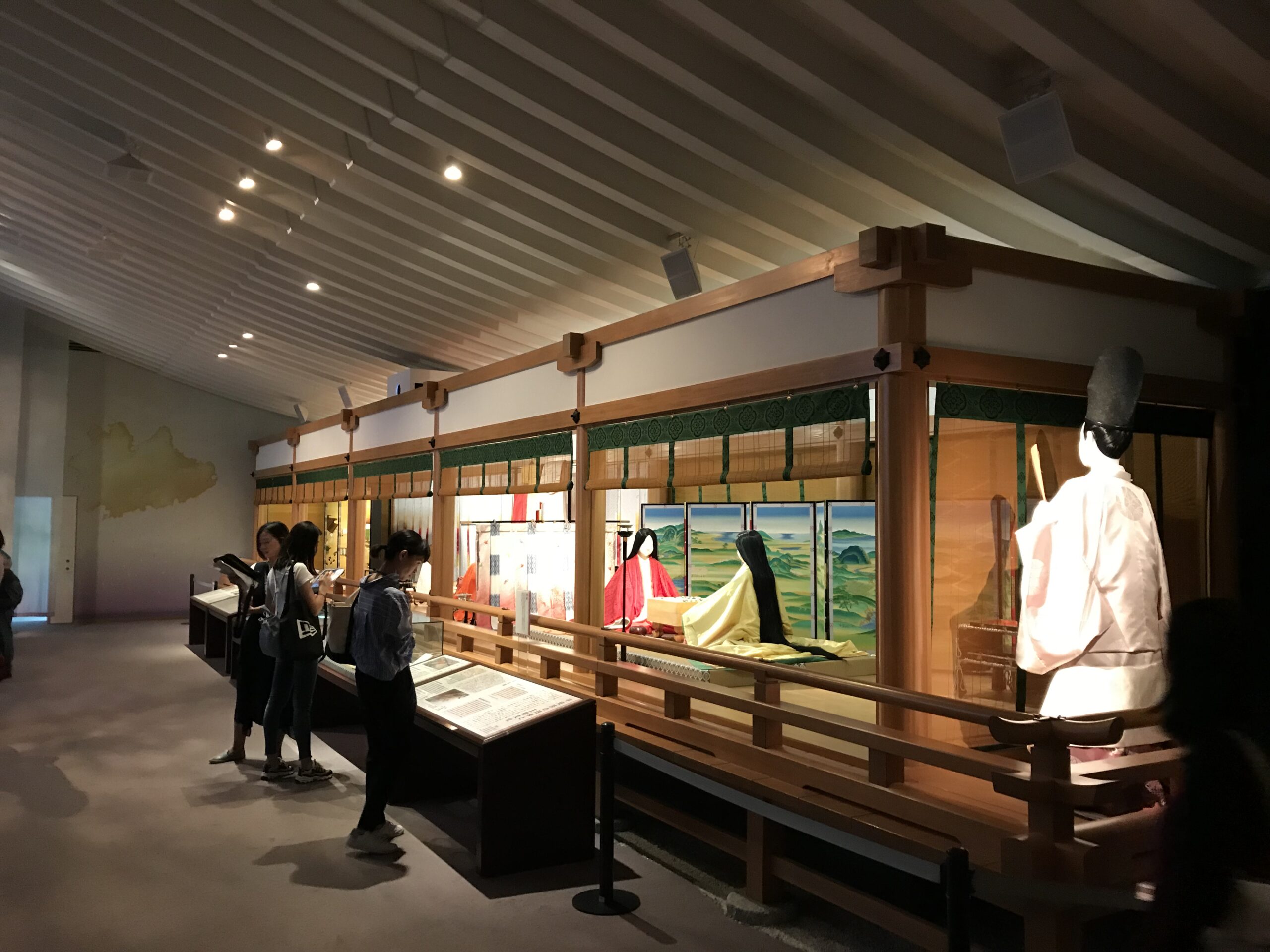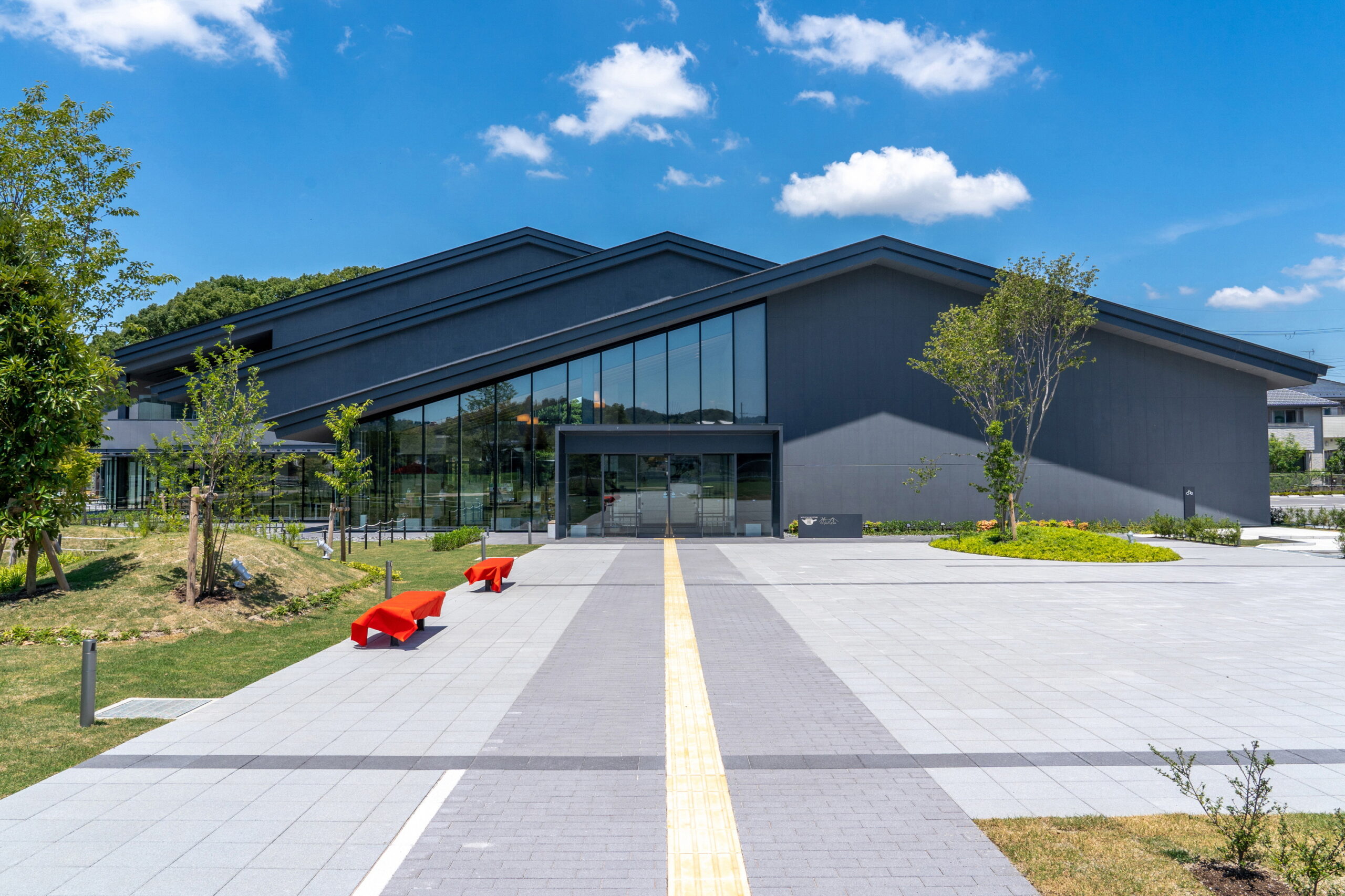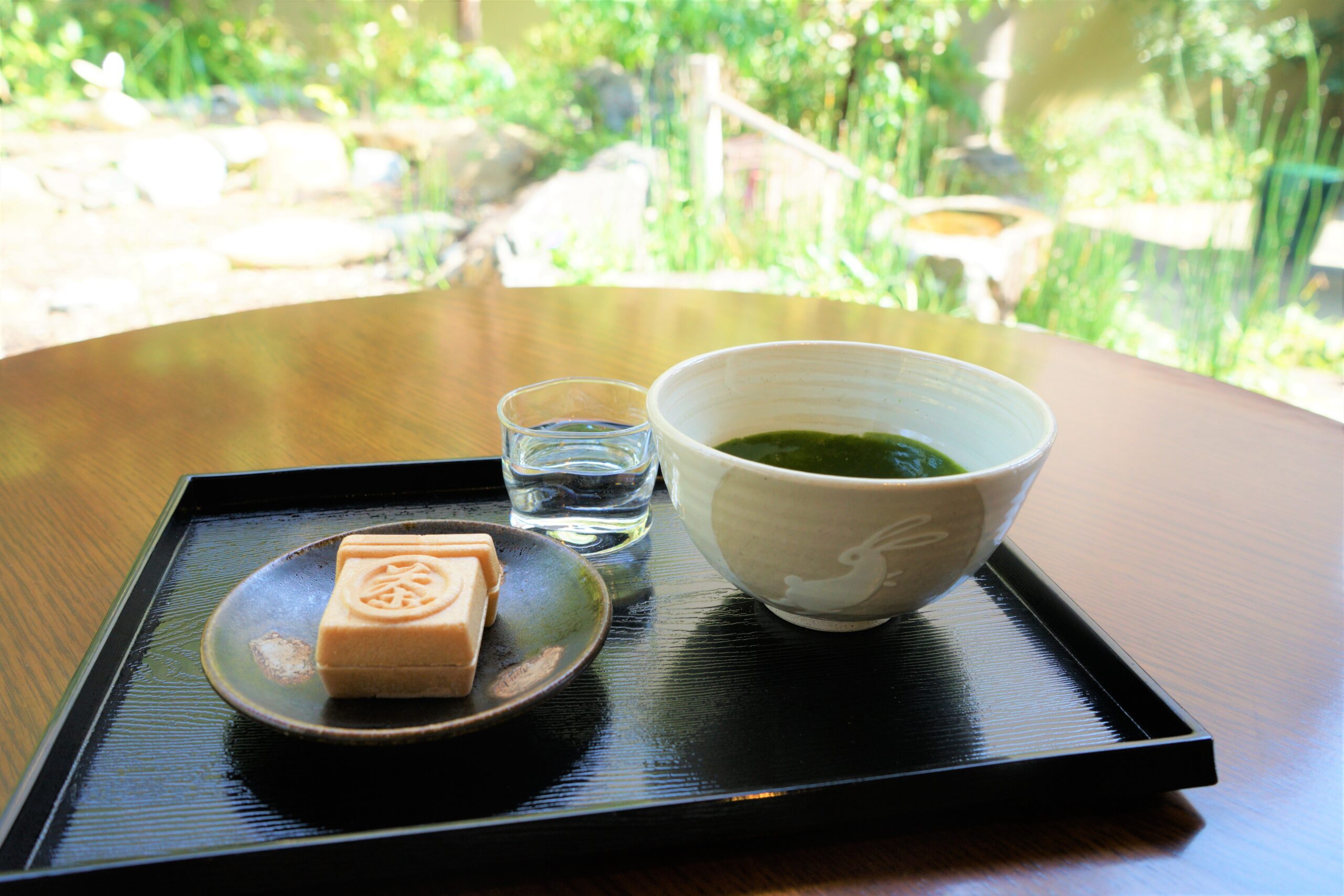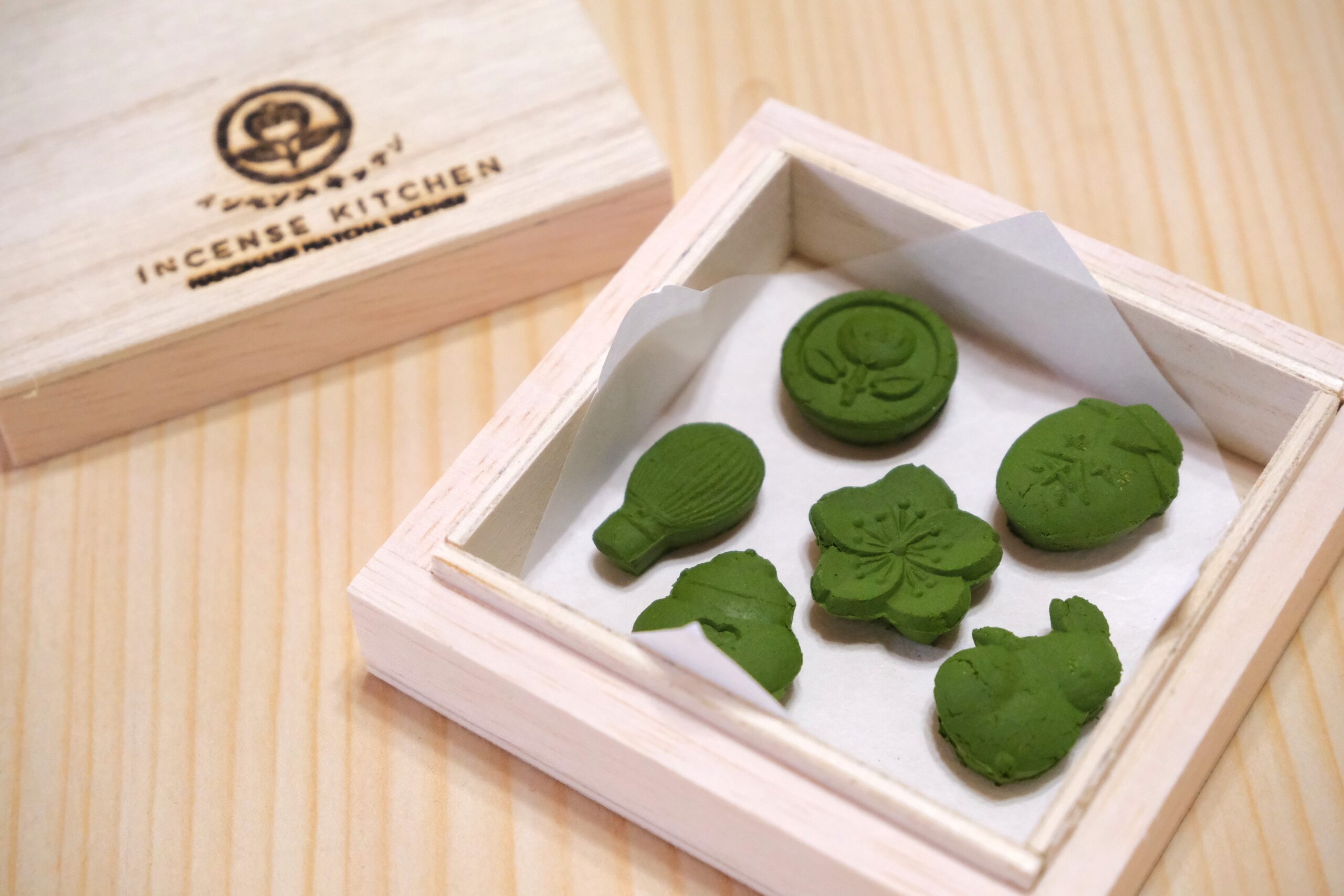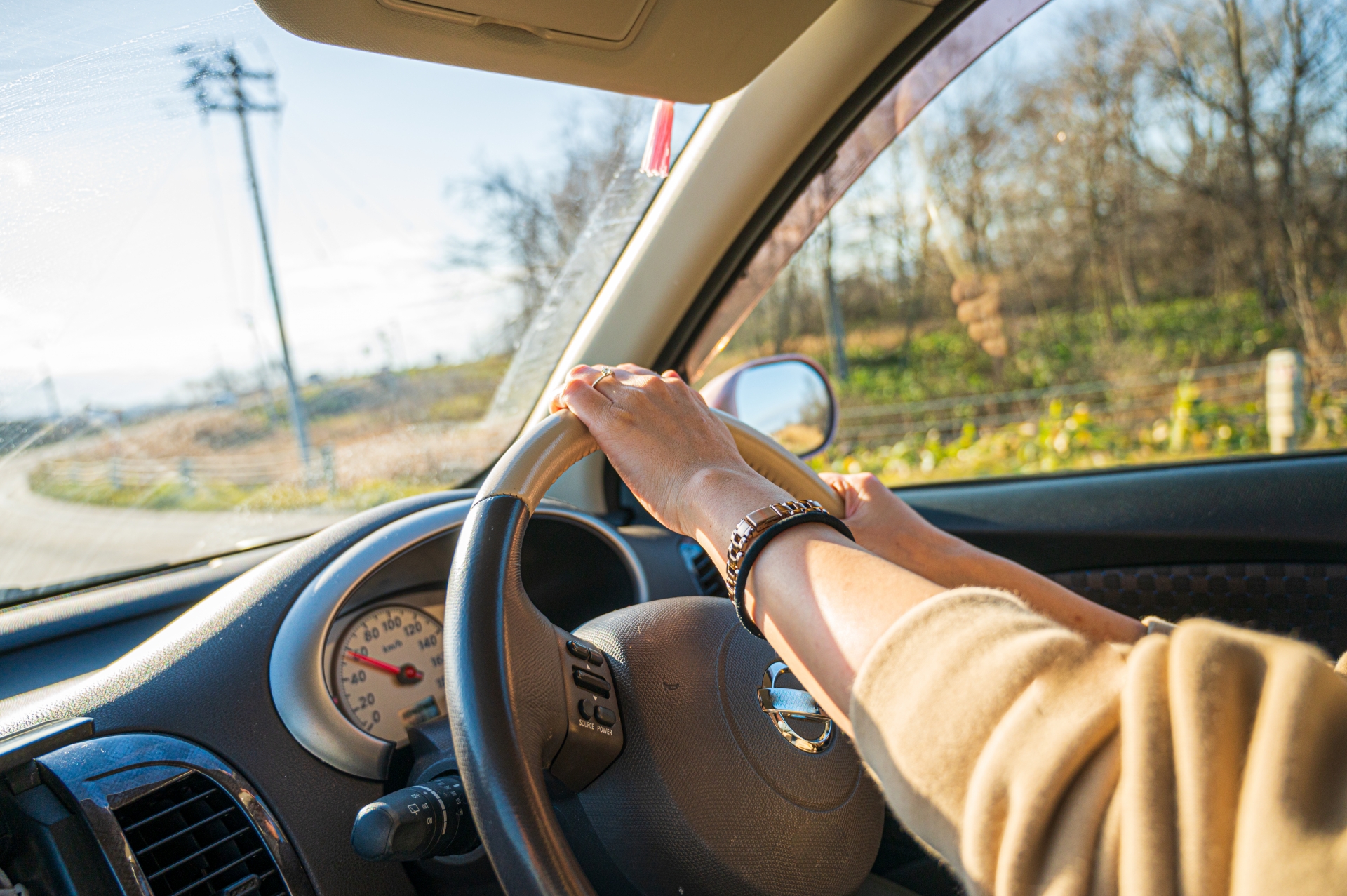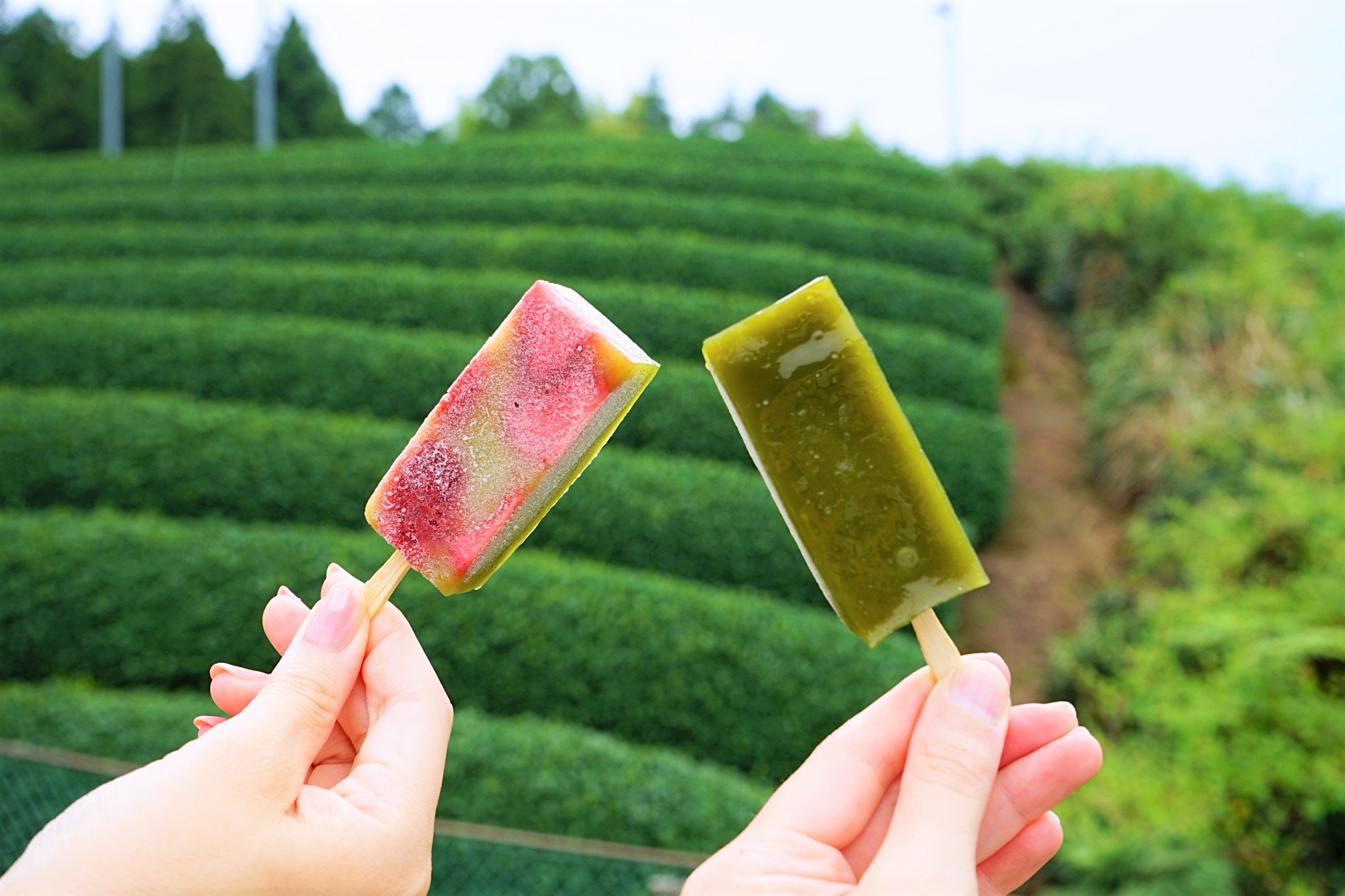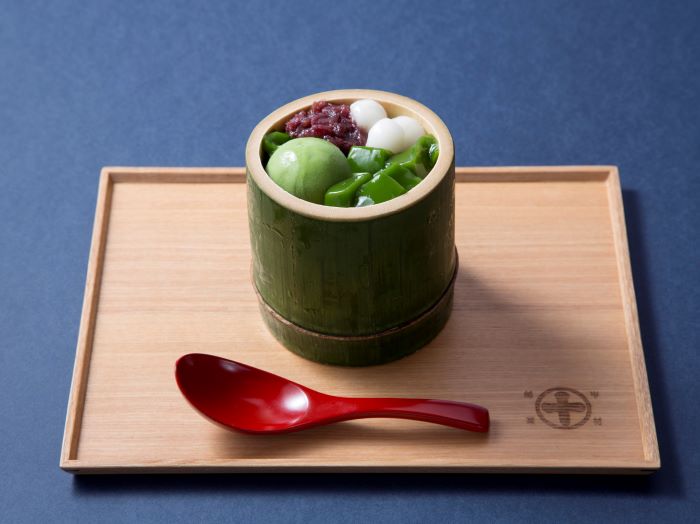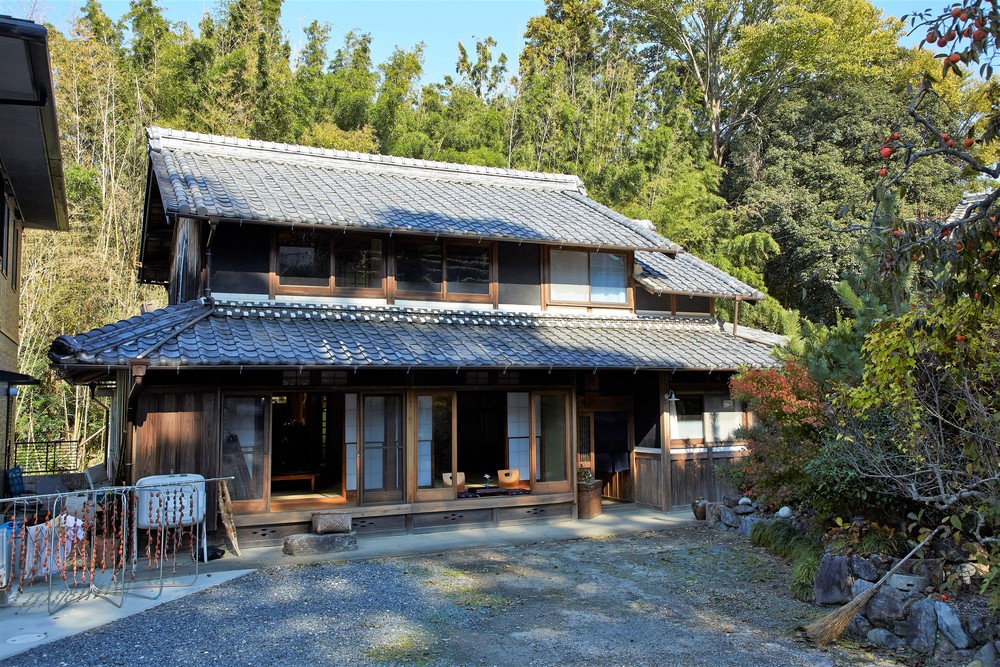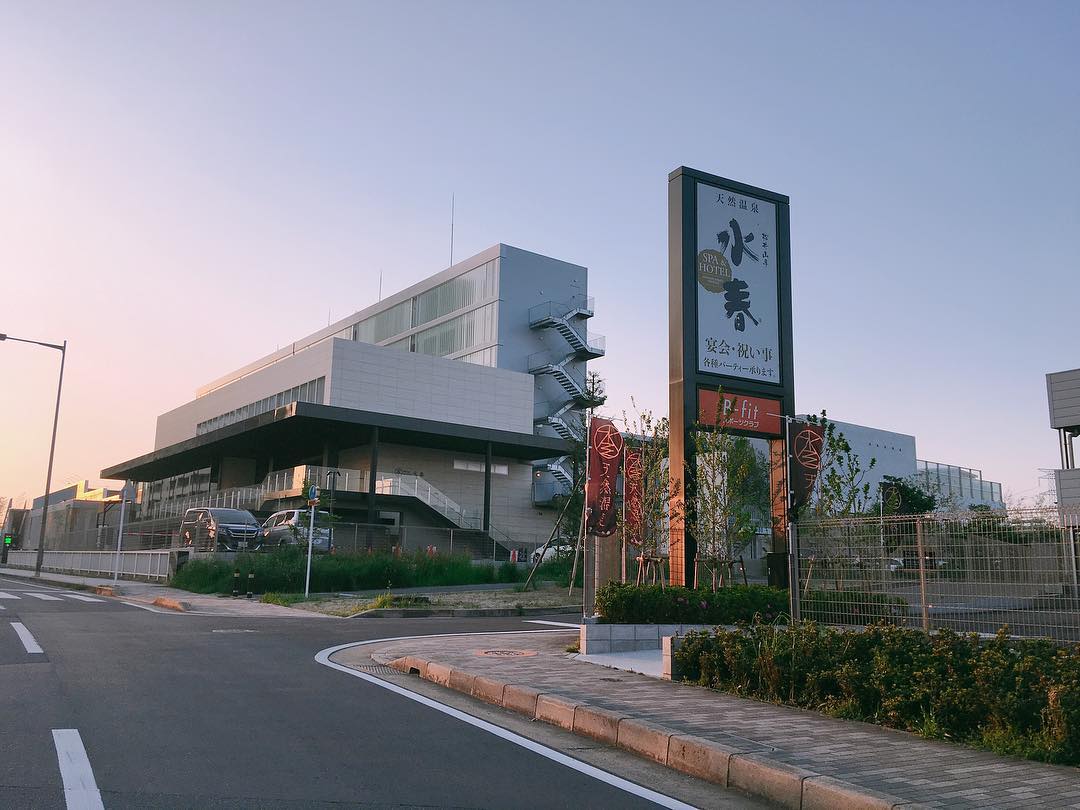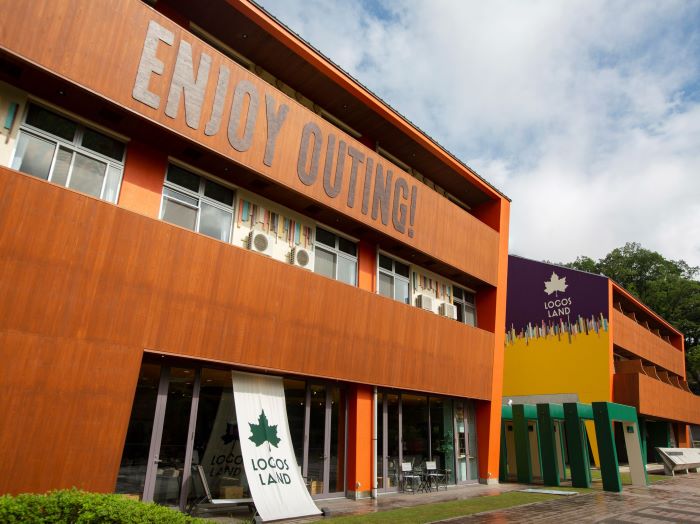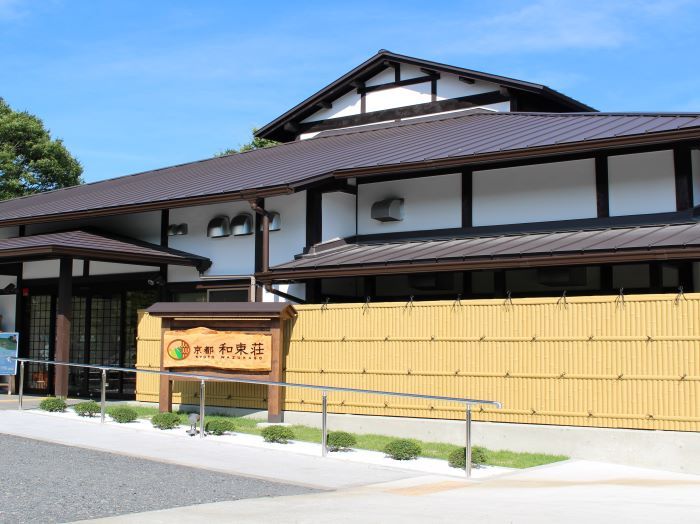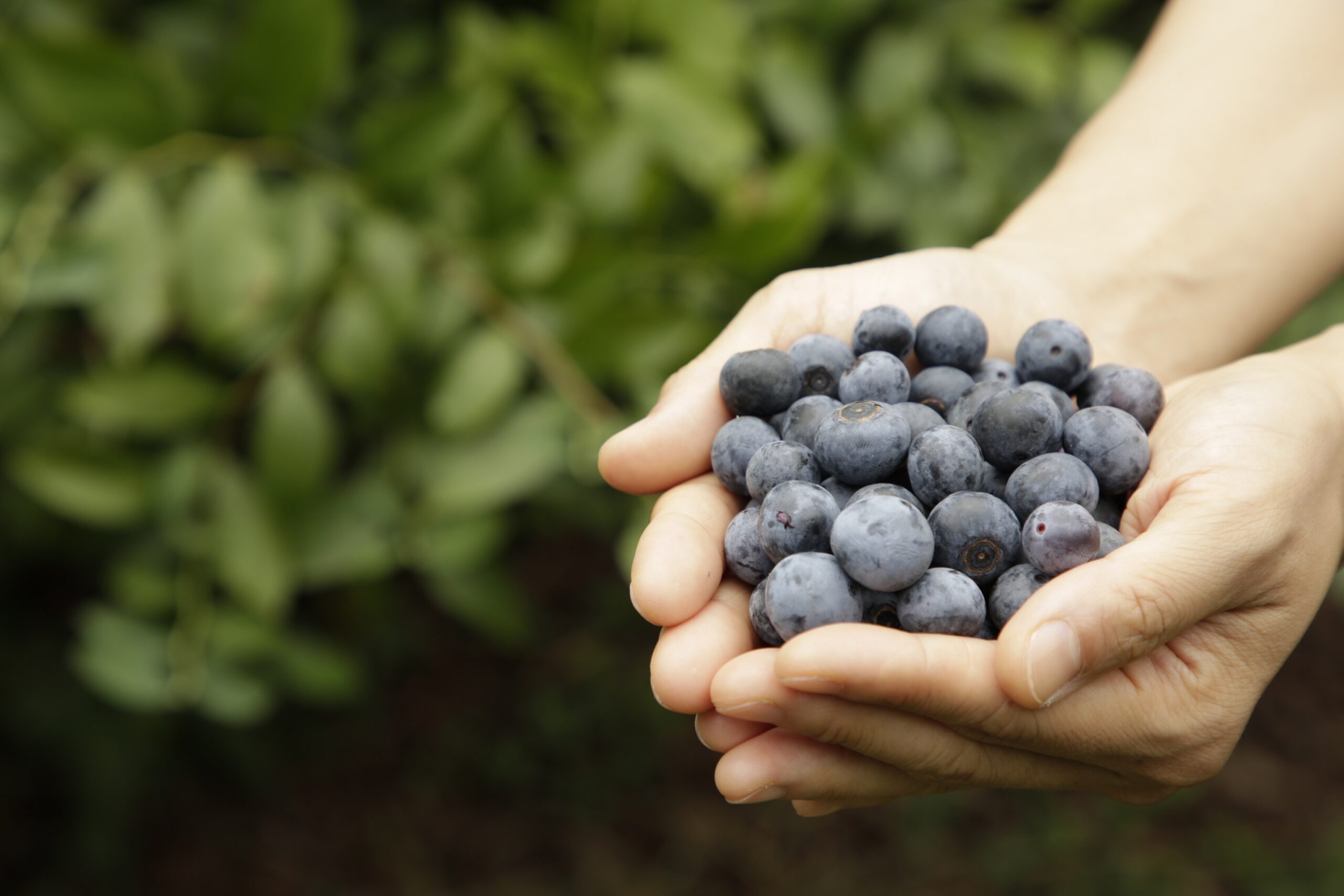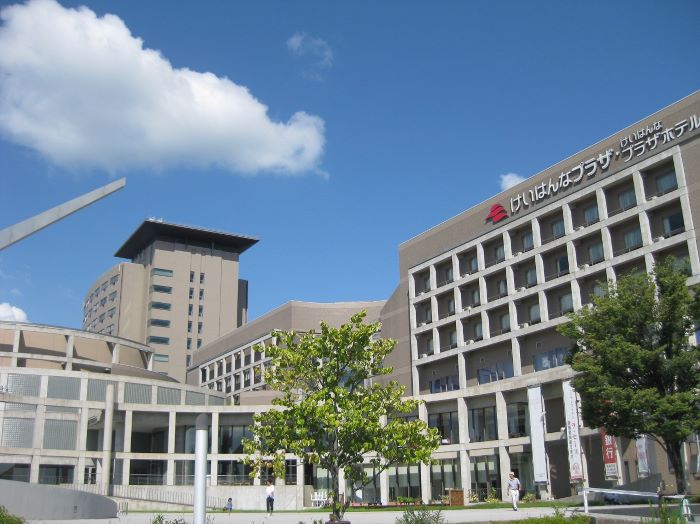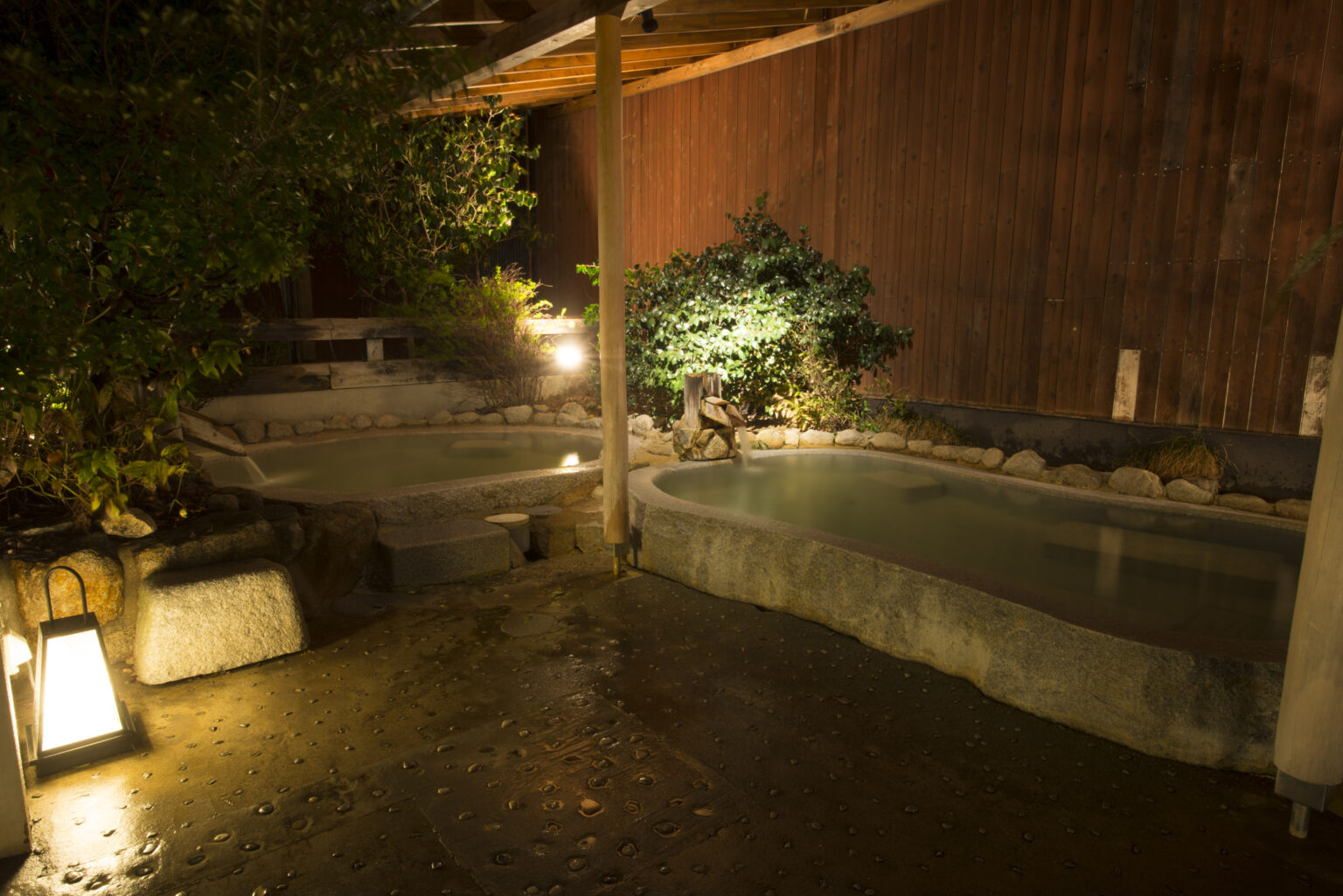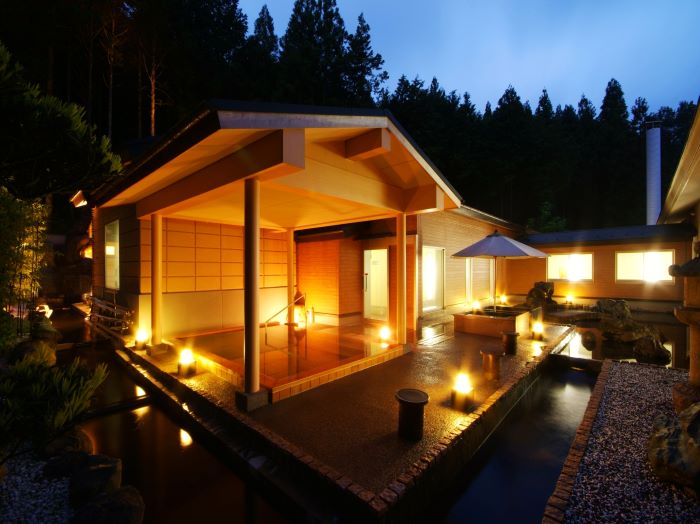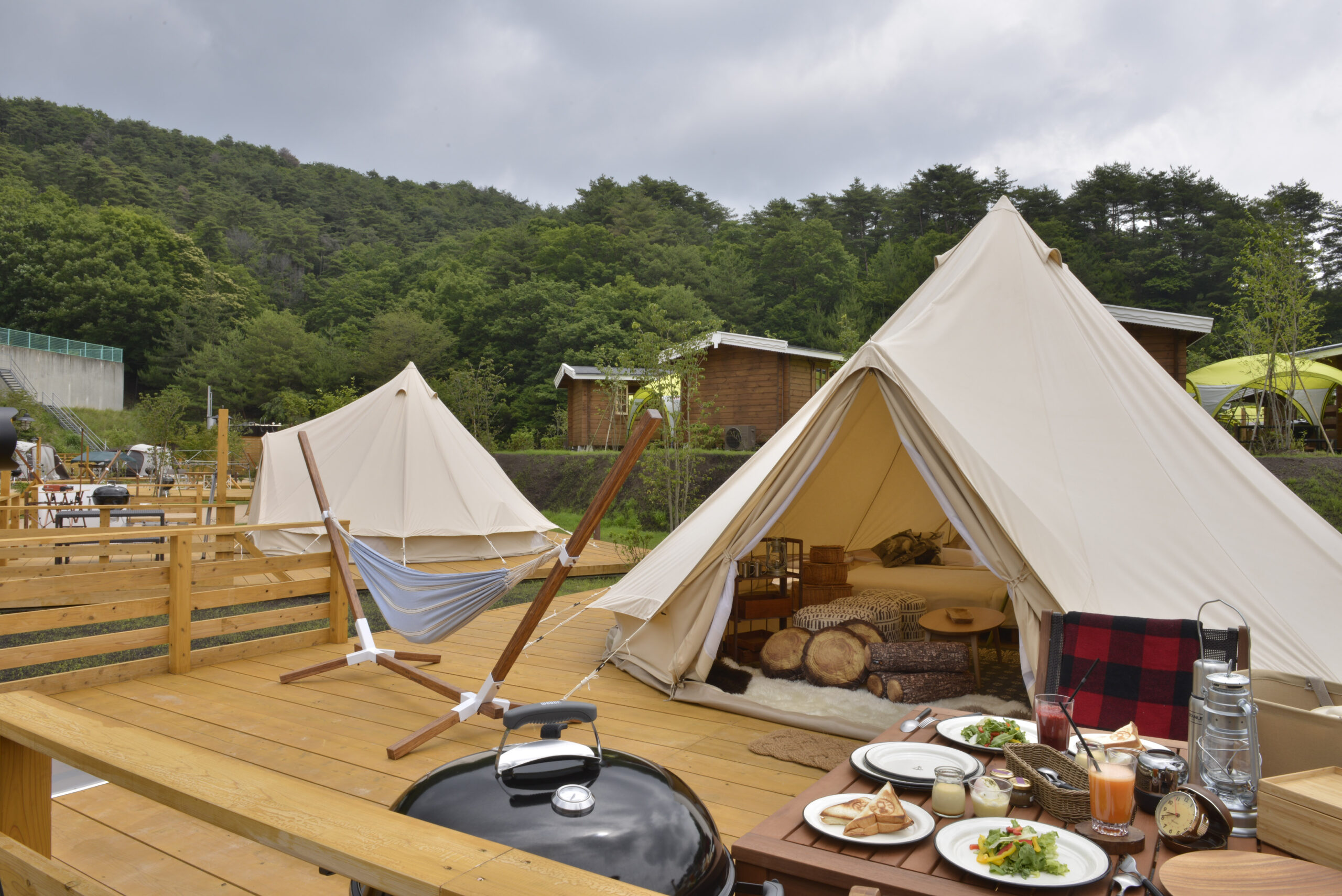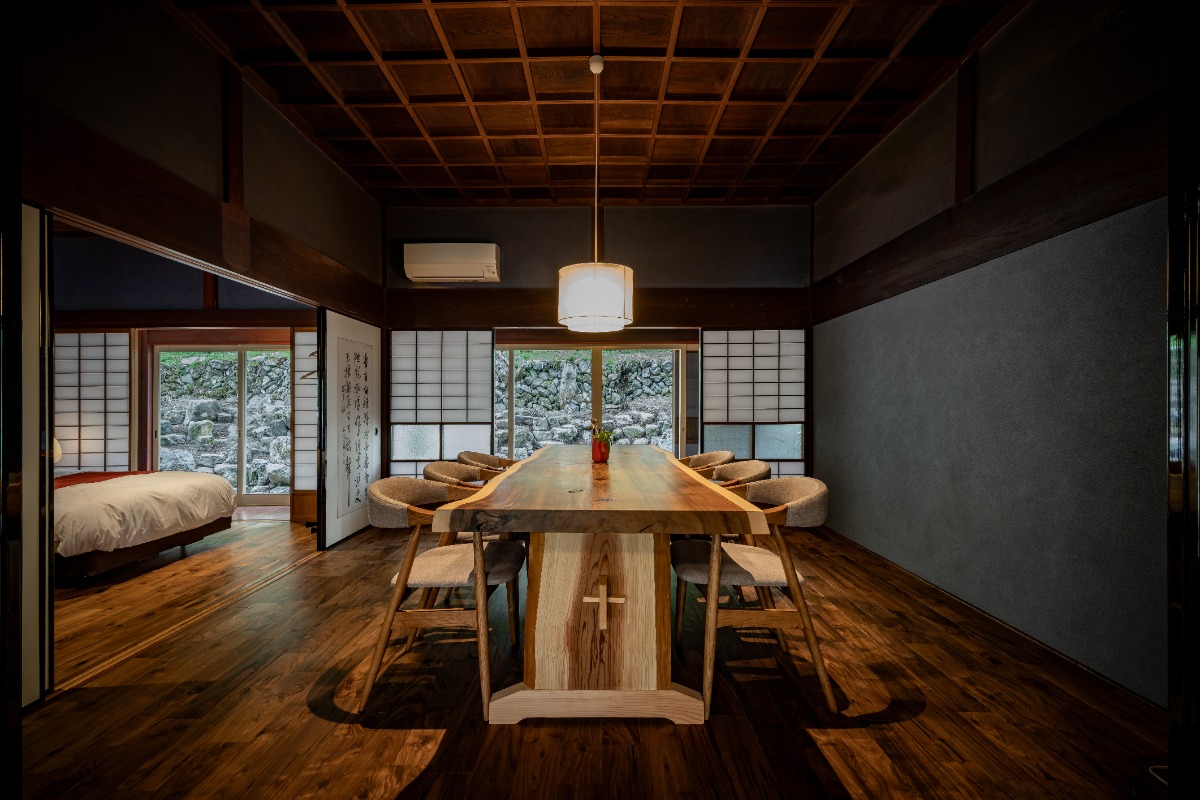Shoujuin, a Buddhist temple of the Koyasan Shingon sect, is located in Ujitawara Town in southern Kyoto. It was founded in 1200, more than 800 years ago. Two fires between the 15th and 19th centuries limited the records of this temple, but it is known that a monk Yuin revived it in 1596.
The temple's principal image, the eleven-headed Kanzeon (Avalokiteśvara) Bodhisattva statue, is designated as a cultural property of Ujitawara Town. The statue is unveiled only once every 50 years. (It is being held as of April 2025!) There is also a seated statue of Fudo Myo-o (Acala), one of the Buddhist Wisdom Kings. It is the work of Kaikei, one of the representative Buddhist statue sculptors of the Kamakura Period (1185-1333) in Japan. This statue is an Important Cultural Property of Japan.
The temple holds its annual festival featuring fūrin (wind chimes) from June 1st to September 30th. Over 2,000 wind chimes create a cool and pleasant atmosphere with the visual and auditory beauty.
In the guest hall, there is Inome-mado (boar’s eye window), which is always attracting many visitors. The Inome (boar’s eye), a heart-shaped motif, is a traditional design that has been used since approximately 1400 years ago, primarily for architectural adornment in shrines and temples. The Inome has been believed to ward off evil spirits and bring good fortune. Shoujuin’s Inome-mado offers beautiful sights of the garden that transform with the seasons: pink cherry blossoms in spring, lush greenery in summer, colored leaves in fall, and a white snowscape in winter. Moreover, if the season and time are just right, you might encounter a miraculous moment when the sunlight streams through the window, creating another heart shape in the shadow. This sight is called Shiawase no Okage, which means a blessing of happiness. (Awase means something put together, and kage means shadow in Japanese.)
Also, the 160 different paintings on the ceiling of the guest hall are eye-catching. These artworks mainly depict seasonal flowers, plants and landscapes of Japan. Among them, you can find beautiful maiko (young female apprentices learning various traditional Japanese performing arts), too.
In addition, this temple offers great experiences, such as juzu (a bracelet of prayer beads) creating, shakyo (sutra copying), shabutsu (Buddha copying), and yoga. (Reservations required.)
- Tel
- 0774-88-3601
- Address
- 149 Okuyamada Kawakami, Ujitawara Town, Tsuzuki-gun, Kyoto
- Access
- From Uji Station (Keihan Uji Line), Uji Station (JR Nara Line), or Shin-Tanabe Station (Kintetsu Kyoto Line):
-Take a taxi for about 30 minutes
-Take Kyoto Keihan Bus (bound for Ichu Mae, Ryokuenzaka, or Kogyodanchi) and get off at Ichu Mae. From there, you can either 1) take a taxi for about 10 minutes, or 2) take a community bus, get off at Okuyamada Shoujuin-Guchi, and walk for about 17 minutes.
(The community buses can only take 14 people at a time, and local residents have priority.)
There is a period around spring to fall when buses run on Saturdays and national holidays from Keihan Uji Station or Ichu Mae. (Information is current as of March in 2025.) Check the bus schedules from this page:
Shoujuin HP
From Osaka (by car):
-Take the Meishin Expressway to Oyamazaki Junction, change to the Keiji By-pass, get off at Uji-nishi exit and drive for about 30 minutes
-Take the Daini-Keihan Expressway, get off at Hirakata-Gakken Interchange and drive for about 40 minutes - Business Hours
- April - November: 9:00am - 4:30pm
December - March: 10:00am - 4:00pm
Closed
-December 26 - January 4
-one of the Sundays in April
-August 17 - Parking
- Free parking available
(Total of 70 regular-sized cars in two parking lots)
Large vehicles can park behind Okuyamada Hall nearby
(Please contact the temple in advance)
